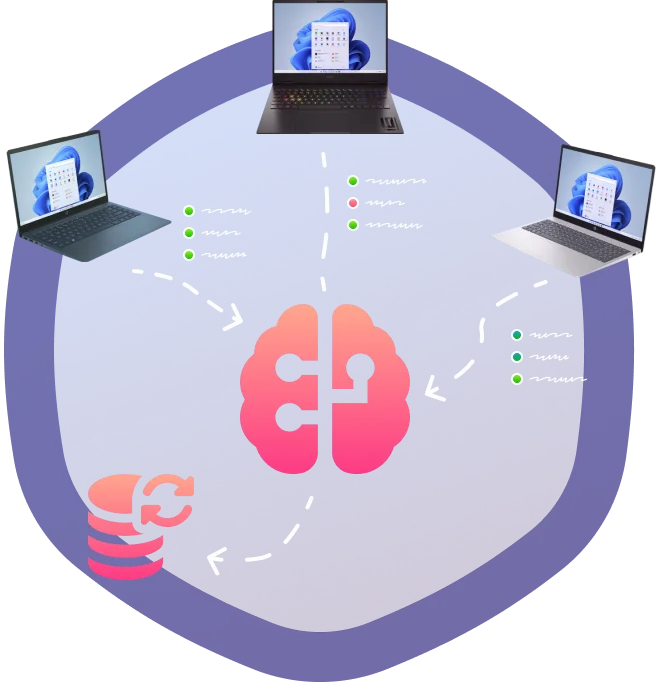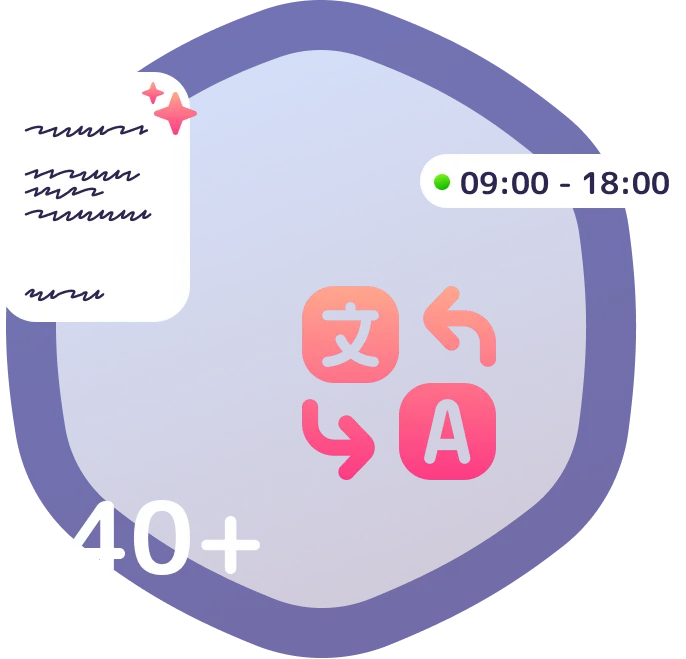5 Cardio Training Myths That Prevent You from Achieving Results
Morning. Gym. You're diligently pedaling on the stationary bike or logging miles on the treadmill again. Sweat is dripping into your eyes, breathing is heavy, but you keep going because "longer is better." Sound familiar? Unfortunately, this approach to cardio training often not only fails to bring desired results but can also be harmful to your health.
Over 10 years of working with clients, our trainers have noticed an interesting pattern – most people, regardless of their experience and fitness level, fall into the same traps when it comes to cardio workouts. Myths and outdated beliefs about "proper" cardio are so deeply rooted that even experienced athletes continue to believe them. Let's examine the most common myths and learn how to make your cardio workouts truly effective.
🎯 Myth 1: "Longer Cardio is Better"
This myth is probably the most persistent of all. Many believe that achieving results requires hours of sweating on cardio machines. Some even watch TV shows during training, turning intensive exercise into a slow walk. But science and practice say otherwise.
During prolonged low-intensity cardio, your body adapts to the workload and starts conserving energy. Think of your body as a smart mechanism that quickly learns to work more efficiently. In terms of calorie burning, this "efficiency" means you'll spend less and less energy on the same workout.
What happens in your body during long cardio sessions?
- Increased cortisol levels (stress hormone)
- Slower metabolism
- Decreased muscle mass
- Increased risk of joint injuries
Instead of exhausting hours-long workouts, it's more effective to do shorter but more intense sessions:
| Goal |
Duration |
Type of Exercise |
| Fat burning |
20-30 minutes |
Interval training |
| Endurance |
30-45 minutes |
Steady pace |
| Heart health |
15-20 minutes |
High-intensity intervals |
💪 Myth 2: "Fasted Cardio is the Best Way to Lose Weight"
Many believe that training on an empty stomach is the secret formula for quick weight loss. The logic seems simple: if there's no "quick" fuel in the form of carbohydrates, the body will immediately start burning fat. But reality is more complex.
Studies show that the body does use more fat as an energy source during fasted workouts. However, the total calories burned during the workout are lower due to reduced intensity. Without proper energy reserves, you simply can't perform at your best.
Optimal Pre-Cardio Nutrition
1.5-2 hours before training, eat a light meal containing:
- Complex carbohydrates (oatmeal, banana, whole grain bread)
- Small amount of protein (egg, yogurt)
- Sufficient water (14-17 oz)
⚡ Myth 3: "Cardio Ruins Muscle Gains"
This myth is especially popular among strength training enthusiasts. You often hear that cardio "burns" muscle and undermines all strength training results. In reality, it all depends on proper balance and planning.
Research shows that moderate cardio training not only doesn't harm muscle mass but can improve recovery after strength training, enhance muscle blood flow, and increase overall endurance. The key word here is "moderate."
How to Combine Cardio and Strength Training:
- Optimal Schedule:
- Cardio and strength training on different days
- Light cardio after strength training (20-30 minutes)
- Interval training on separate days
🎯 Myth 4: "There's a Special Heart Rate Zone for Fat Burning"
Many cardio machines have a "fat-burning zone" marked at 60-70% of maximum heart rate. This created a myth that training in this zone is the most effective way to lose weight. In reality, it works differently.
At low intensity, the body does use more fat percentage-wise. However, the total calories burned is significantly lower than when training in higher heart rate zones. And for weight loss, it's the total calories burned that matters.
| Heart Rate Zone |
Effect |
Optimal Time |
| 50-60% |
Recovery |
30-40 minutes |
| 60-70% |
Endurance |
40-60 minutes |
| 70-80% |
Aerobic power |
20-30 minutes |
| 80-90% |
Anaerobic threshold |
10-15 minutes |
📱 Myth 5: "One Type of Cardio is Enough"
Many people find "their" machine and stick to it exclusively. Some choose the treadmill, others the stationary bike. While convenient, this isn't the most effective approach. Our bodies quickly adapt to the same type of exercise, leading to decreased training effectiveness.
Variety in cardio training is important for several reasons. First, different activities engage different muscle groups. Second, it reduces the risk of overuse injuries. Third, variety helps maintain motivation and interest in training.
Cardio Options for Variety:
- At the Gym:
- Treadmill
- Elliptical trainer
- Stationary bike
- Rowing machine
- Stepper
- Group Classes:
- Dance classes
- Kickboxing
- Aerobics
- Cycling
Don't let myths hinder your progress! Sign up for a free consultation with our certified trainers, and we'll help create a cardio training program that considers all your body's specifics and helps achieve desired results in the most effective way. And for new clients, we have a special offer – first month of training with a 20% discount! 💪








 We offer you more volume and more features 15x cheaper!
We offer you more volume and more features 15x cheaper!
 How to Take Business Online Without Going Broke
How to Take Business Online Without Going Broke
 5 Effective Techniques for Memorizing New Words
5 Effective Techniques for Memorizing New Words
 7 Secrets to Long-Lasting Manicure
7 Secrets to Long-Lasting Manicure
 Wedding Floristry Guide
Wedding Floristry Guide
